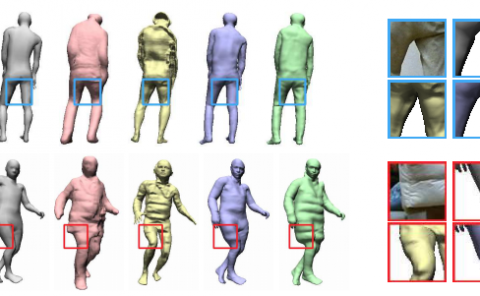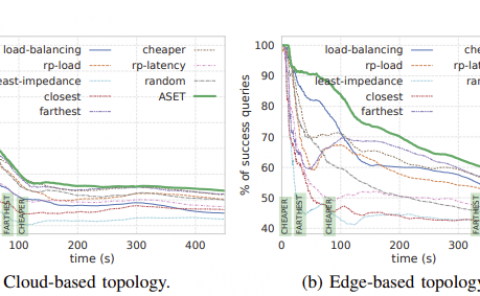Efficient Measuring of Congruence on High Dimensional Time Series
PubDate: Nov 2018
Teams: Humboldt-Universit¨at zu Berlin
Writers: Jörg P. Bachmann, Johann-Christoph Freytag
PDF: Efficient Measuring of Congruence on High Dimensional Time Series

Abstract
A time series is a sequence of data items; typical examples are streams of temperature measurements, stock ticker data, or gestures recorded with modern virtual reality motion controllers. Quite some research has been devoted to comparing and indexing time series. Especially, when the comparison should not be affected by time warping, the ubiquitous Dynamic Time Warping distance function (DTW) is one of the most analyzed time series distance functions. The Dog-Keeper distance (DK) is another example for a distance function on time series which is truely invariant under time warping.
For many application scenarios (e.g. motion gesture recognition in virtual reality), the invariance under isometric spatial transformations (i.e. rotation, translation, and mirroring) is as important as the invariance under time warping. Distance functions on time series which are invariant under isometric transformations can be seen as measurements for the congruency of two time series. The congruence distance (CD) is an example for such a distance function. However, it is very hard to compute and it is not invariant under time warpings.
In this work, we are taking one step towards developing a feasable distance function which is invariant under isometric spatial transformations and time warping: We develop four approximations for CD. Two of these even satisfy the triangle inequality and can thus be used with metric indexing structures. We show that all approximations serve as a lower bound to CD. Our evaluation shows that they achieve remarkable tightness while providing a speedup of more than two orders of magnitude to the congruence distance.


